Last Updated on November 9, 2023 by Amanda P. Brown
When it comes to exploring Vegetables that start with k, get ready for a flavorful journey. From the robust Kabocha squash to the ever-popular Kale, these veggies pack both taste and nutrition.
Their unique qualities and some delicious vegan dishes that start with K can amaze you brilliantly. However, in this post, you will get 18 K named vegetables, which are some common and some may be overlooked. They all comprise distinctive features, tastes, and textures.
So, be ready to scroll and check them at a glance. Their health benefits, taste, and unique popular recipe ideas will surely influence you to bring them to your table. Moreover, it will make your culinary journey more exciting.
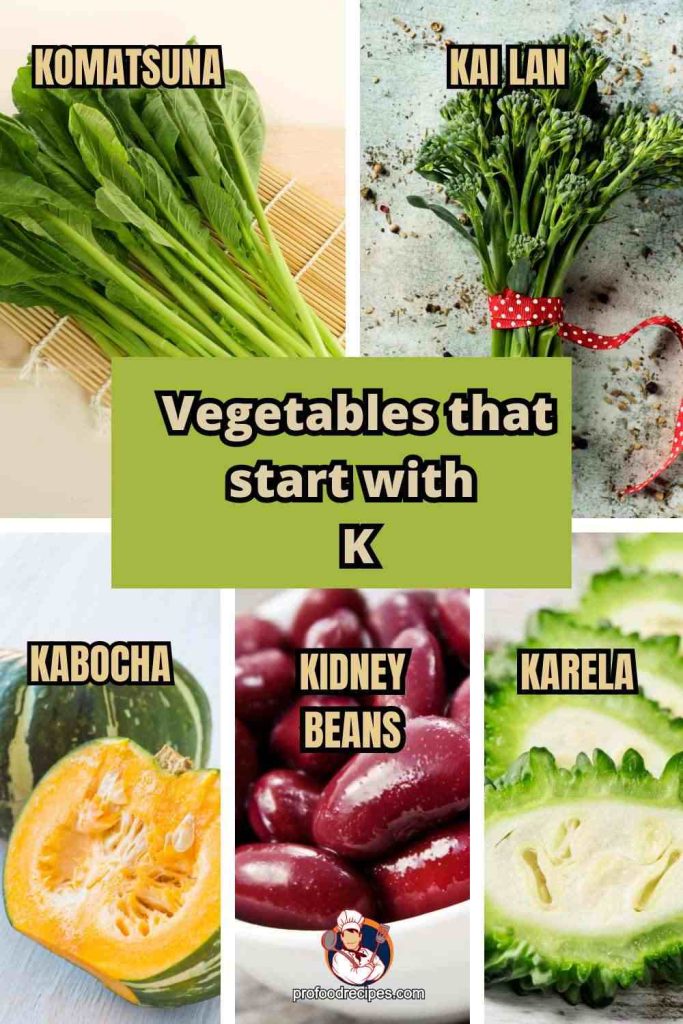
18 Vegetables That Start With K
Table of Contents
- Kabocha
- Kangkong
- Kai Lan
- Kelp
- Kale
- Kidney Beans
- Kohlrabi
- Komatsuna
- Kovakkai
- Kombu
- Kyona
- Karpas
- Kurrat
- Karela
- Korean radish
- Kirby cucumber
- Kalette
- Kachri
1. Kabocha
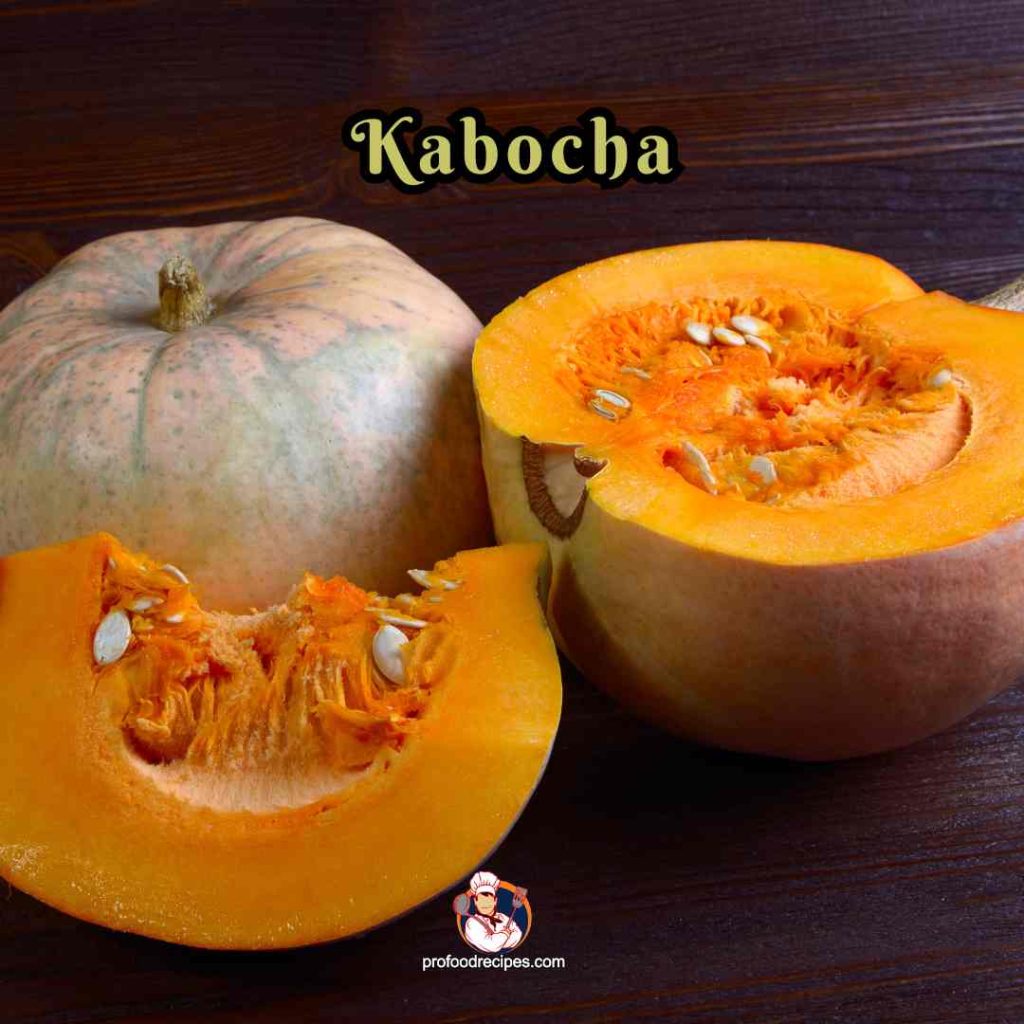
Kabocha is a traditional exotic vegetable that was first found in Japan in the 16th century. This winter squash is also called ‘Nihon kabocha.’ It comprises a bumpy skin and watery flesh texture. And the taste of it is sweet and earthy.
Health Benefits
- Prevents oxidative damage
- Promotes skin health
Popular Recipe
- Kabocha soup
- Roasted Kabocha
Nutrition Fact (per 100 gm)
| Nutrition | Quantity |
| Calories | 49 |
| Vitamin | Vitamin A -184% DV Vitamin C- 21% |
| Mineral | Iron – 5% DV Calcium – 2% DV |
| Water | 92gm |
2. Kangkong
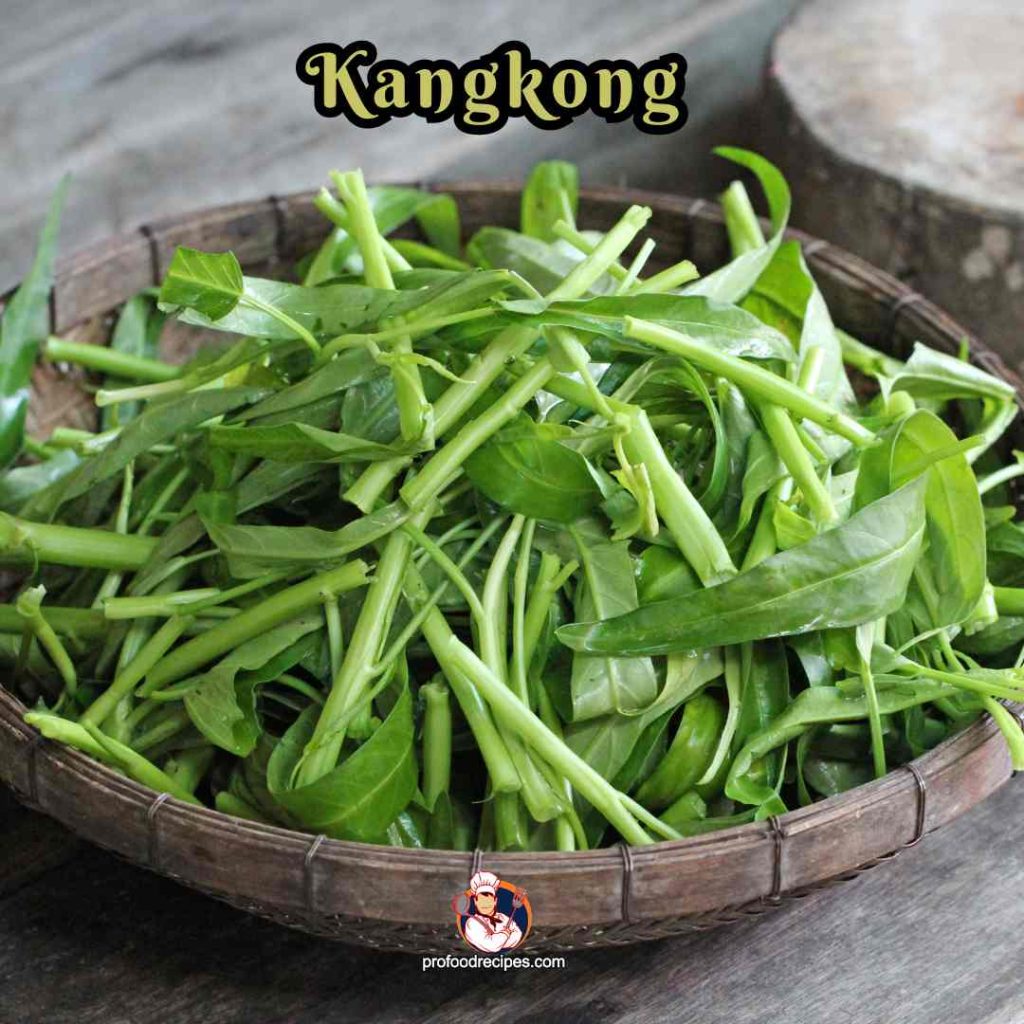
This tropical Asian vegetable is also called water spinach or river spinach. This leafy vegetable is considered one of the fastest-growing. It is a great source of nutrient elements also. You may notice a significant use in Southeast Asian cuisine. Moreover, it plays a great role in Ayurveda medicine and is used to cure worm infestations in the intestines.
Health Benefits
- Lessen blood pressure
- Improve vision
- Immunity to cancer
Popular Recipe
- Adobong kangkong
- Kangkong Sambal
Nutrition Fact (per 100 gm)
| Nutrition | Quantity |
| Calories | 19 |
| Vitamin | Vitamin A- 104%DV Vitamin C – 49%DV |
| Mineral | Iron – 12% DV Calcium – 9% DV |
| Water | 92 gm |
3. Kai Lan
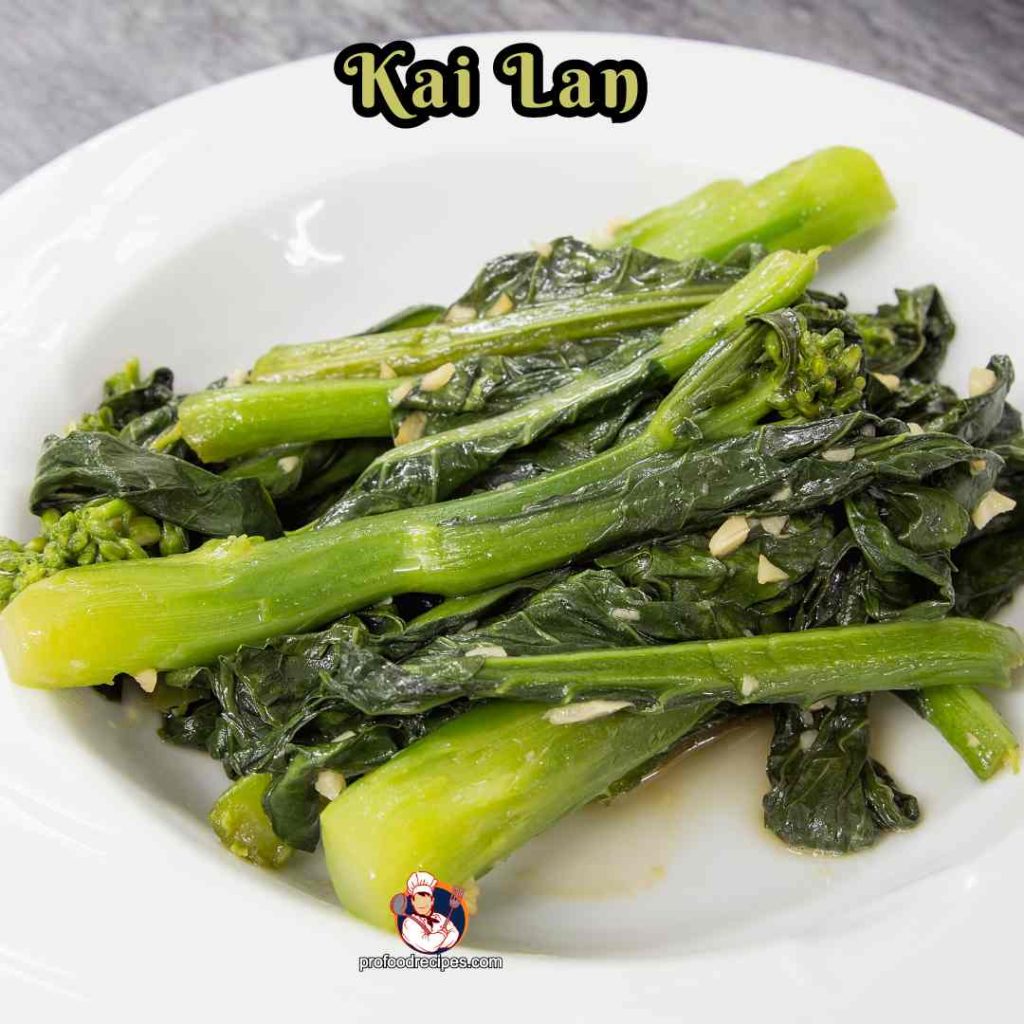
The leafy Kai lan is also familiar as Chinese broccoli. This is one of the nutrient-dense vegetables. The kai lan leaves are smooth, soft, and tender, and the stems are slightly crunchy and crispy. It will offer you a slightly bitter and earthy flavor. However, these vegetables are less intense compared to traditional broccoli by taste.
Health Benefits
- Boost immunity
- Lessen cancer risks
Popular Recipe
- stir fry kai lan ( stir fry gai lan )
- Kai lan chicken soup
Nutrition Fact (per 100 gm)
| Nutrition | Quantity |
| Calories | 25 |
| Vitamin | Vitamin A – 138% DV Vitamin C- 134% DV |
| Mineral | Iron- 6% DV Calcium- 15% DV |
| Water | 90 |
4. Kelp
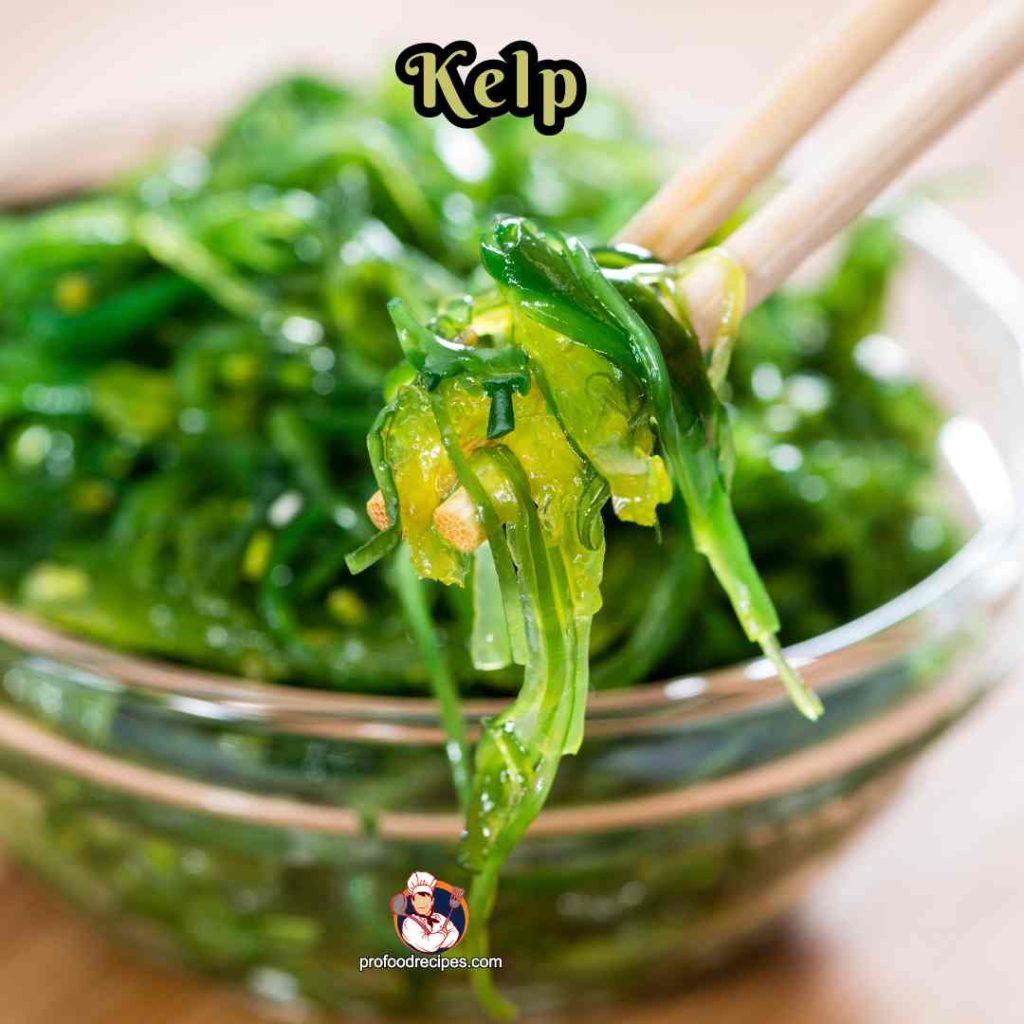
Kelp is one of the common sea vegetables. Vegans and vegetarians love this leafy brown algae. You may find this nutrition-rich seaweed in different culinary uses. Moreover, it has been explored for its potential application in the production of biofuels.
Health Benefits
- Develop sensory receptors
- Promote healthy blood vessels and nails
- Assist in weight loss
Popular Recipe
- kelp salad
- kelp noodles
Nutrition Fact (per 100 gm)
| Nutrition | Quantity |
| Calories | 43 |
| Vitamin | Vitamin K- 53% DV Vitamin B- 9% DV |
| Mineral | Iodine – 3000% DV Sodium – 9% DV |
| Water | 81 |
5. Kale
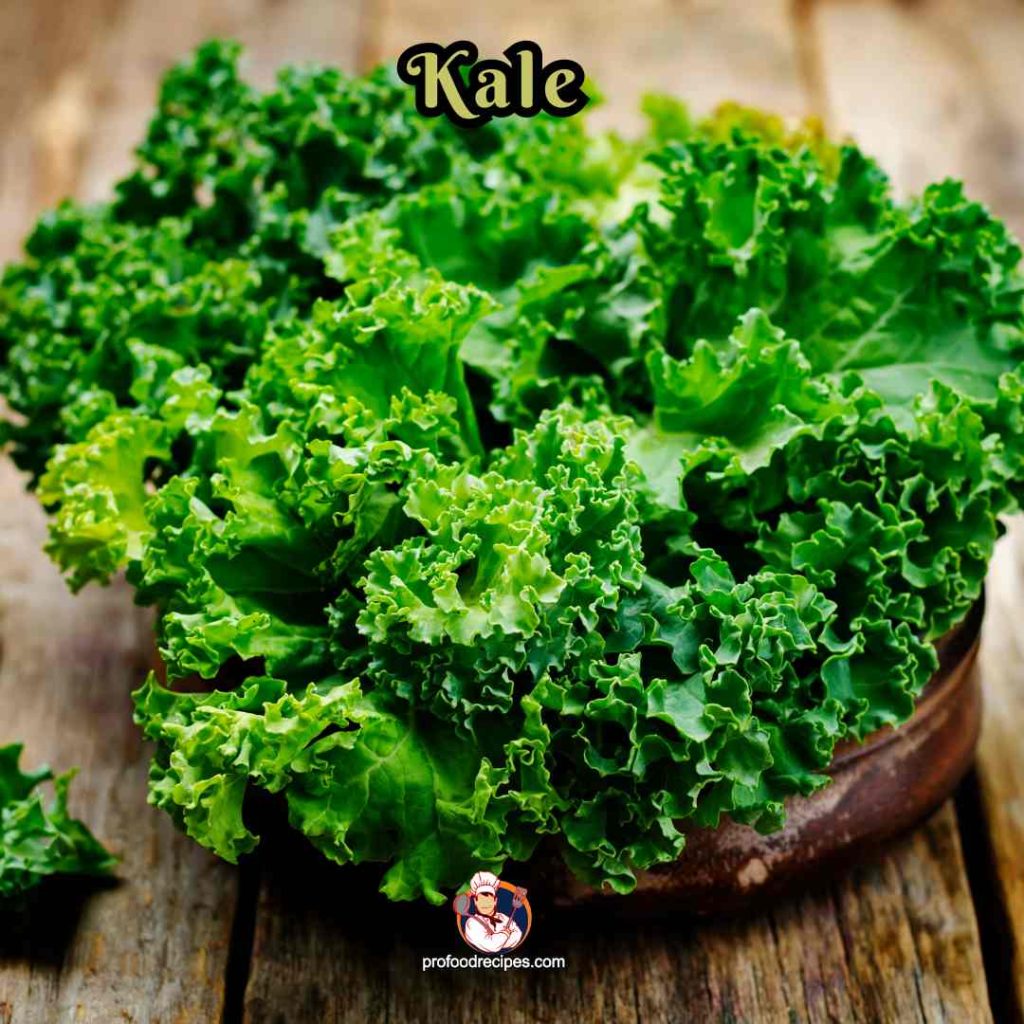
The cruciferous vegetable Kale is often known as karam saag. The Kale’s leaves are sturdy and raw and taste a robust and earthy flavor. It is enriched with many healthy nutrients such as folate, fiber, and calcium.
Health Benefits
- Support bone health
- Eye Health
Popular Recipe
- kale salad
- kale pasta
Nutrition Fact (per 100 gm)
| Nutrition | Quantity |
| Calories | 49 |
| Vitamin | Vitamin A – 200% DV Vitamin C – 200% DV Vitamin K – 1021% DV |
| Mineral | Iron – 9% DV Calcium- 14% DV |
| Water | 84 |
6. Kidney Beans
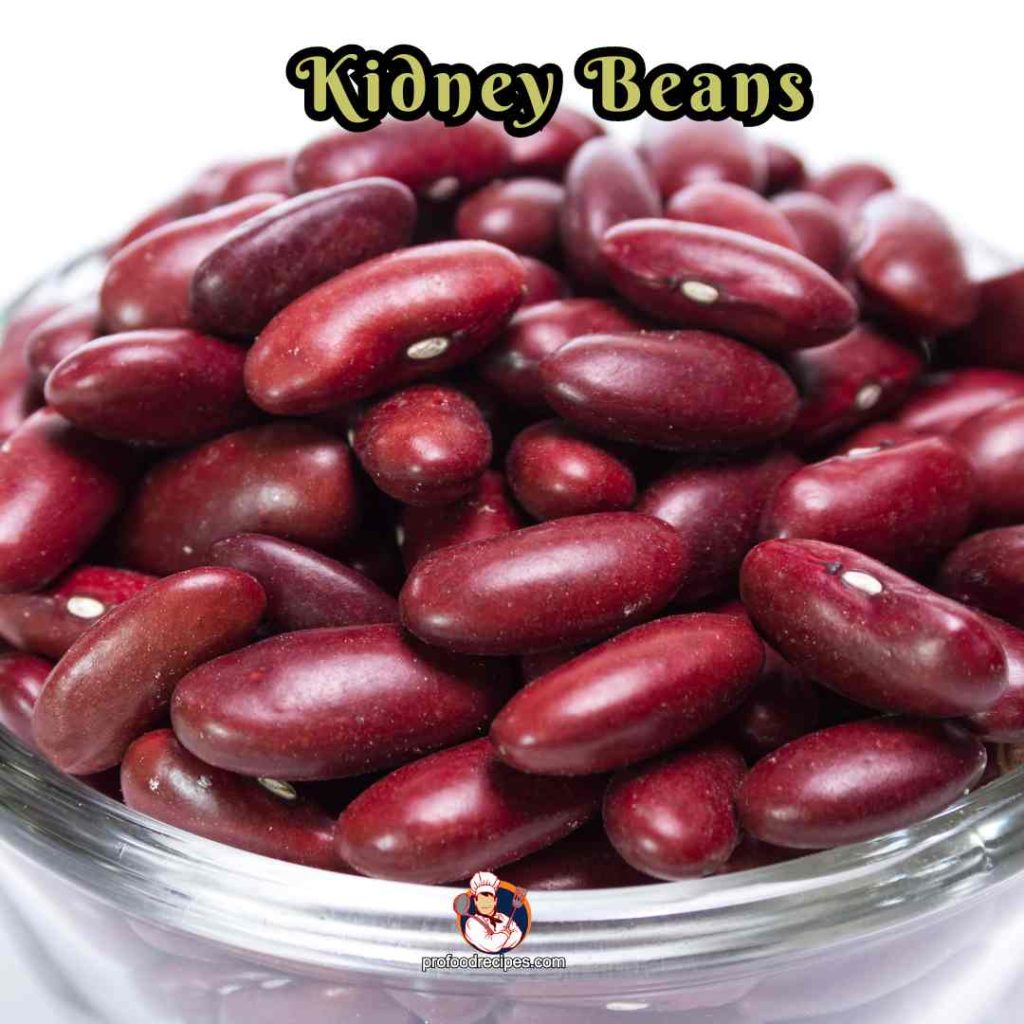
One of the popular Vegetables that start with k is the kidney bean. These super healthy beans originated from China. In India, this is one of the top choice vegetable dishes that vegan loves. They usually refer to these beans as Rajma.
It comprises a smooth, soft, and creamy texture with a starchy and nutty taste. The health benefits of Kidney Beans are also remarkable. Its half cup per day can develop your overall health.
Health Benefits
- Improves memory
- Regulated metabolism
Popular recipe
- Spanish rice and beans
- Rajma masala
Nutrition Fact (per 100 gm)
| Nutrition | Quantity |
| Calories | 127 |
| Vitamin | Vitamin B6 – 7%DV |
| Mineral | Iron – 20% DV Magnesium – 21% DV |
| Water | 67 |
7. Kohlrabi
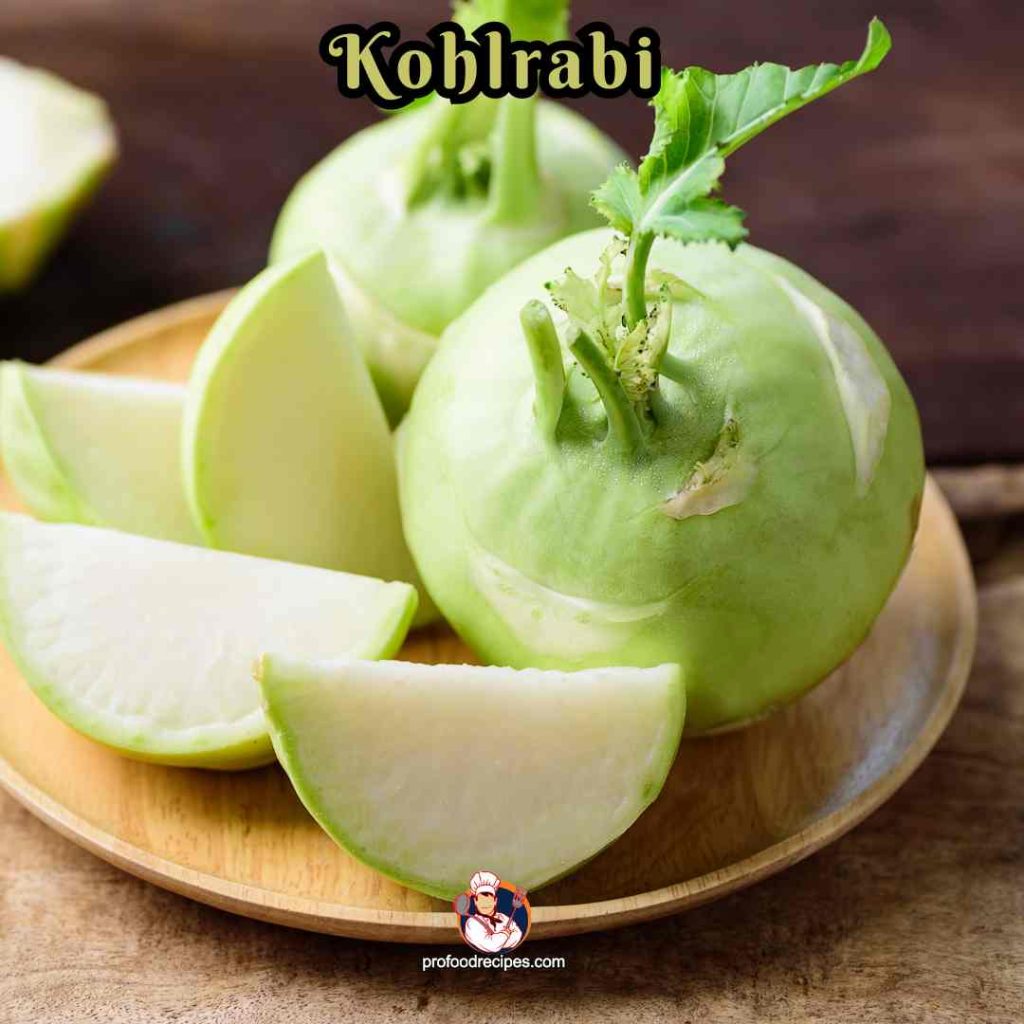
The vegetable kohlrabi seems like a sweeter cabbage version. It has a low glycemic index. You can add this to your healthy diet chart. You can take it raw or cooked.
Health Benefits
- Develop kidney and liver functions
- Assist in weight loss
Popular Recipe
- Kohlrabi Slaw
- Roasted kohlrabi
Nutrition Fact (per 100 gm)
| Nutrition | Quantity |
| Calories | 27 |
| Vitamin | Vitamin C – 89% DV |
| Mineral | Potassium – 14% DV Manganese – 10 % DV |
| Water | 89 |
8. Komatsuna
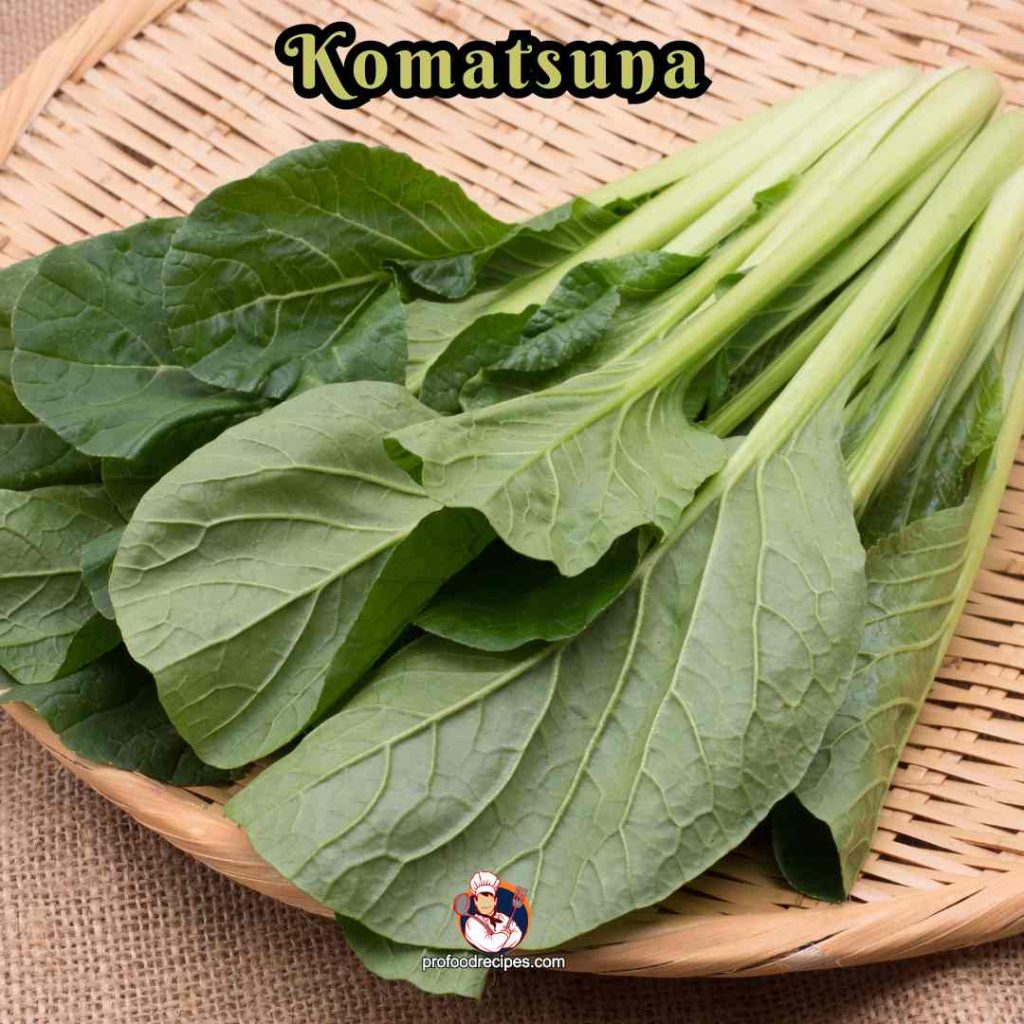
Americans often call this Leafy vegetable komatsuna mustard spinach. It’s a great source of vitamins A and C. Komatsuna growing is fast and requires less care. So, you can get a quick turnover garden with komatsuna all year and have a healthy diet. You can utilize different dishes with this mild, sweet, and tangy vegetable.
Health Benefits
- Assist in fighting cancer
- Boost the immune system
Popular Recipe
- komatsuna salad
- komatsuna recipe sautéed
Nutrition Fact (per 100 gm)
| Nutrition | Quantity |
| Calories | 21 |
| Vitamin | Vitamin A – 118% DV Vitamin C – 50% DV |
| Mineral | Calcium – 4% DV Iron – 2% DV |
| Water | 94 |
9. Kovakkai
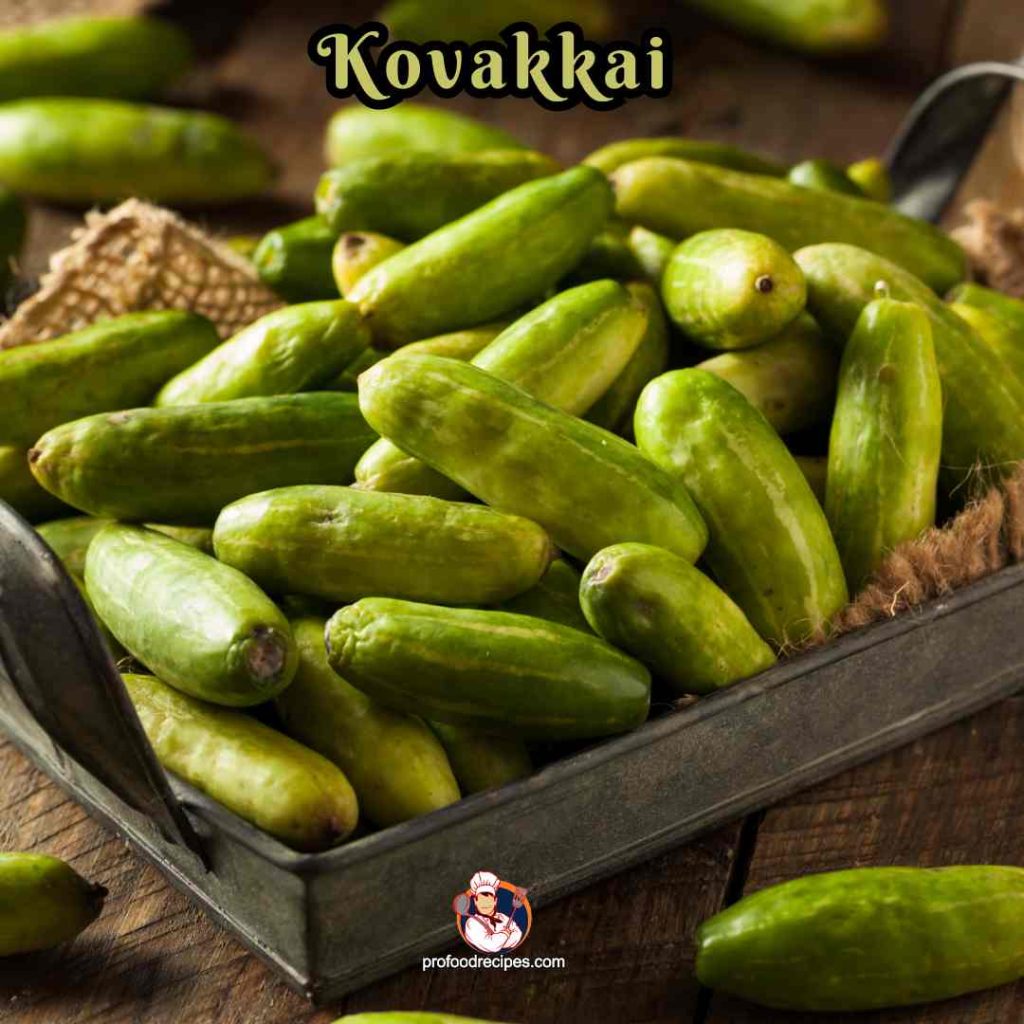
Kovakkai is also known as ivy gourd or tindora. It contains a firm and crunchy texture with a mild and tangy taste. It has lots of useful nutrient elements. As a tonic, its paste has great use. In the rainy and summer seasons, kovakkai has the best yield.
Health Benefits
- Extract blood sugar
- Aids to allergy protection
Popular Recipe
- kovakkai fry
- kovakkai curry
Nutrition Fact (per 100 gm)
| Nutrition | Quantity |
| Calories | 68 |
| Vitamin | Vitamin C – 40 % DV |
| Mineral | Iron – 2% DV Magnesium – 17% DV |
| Water | 94 |
10. Kombu
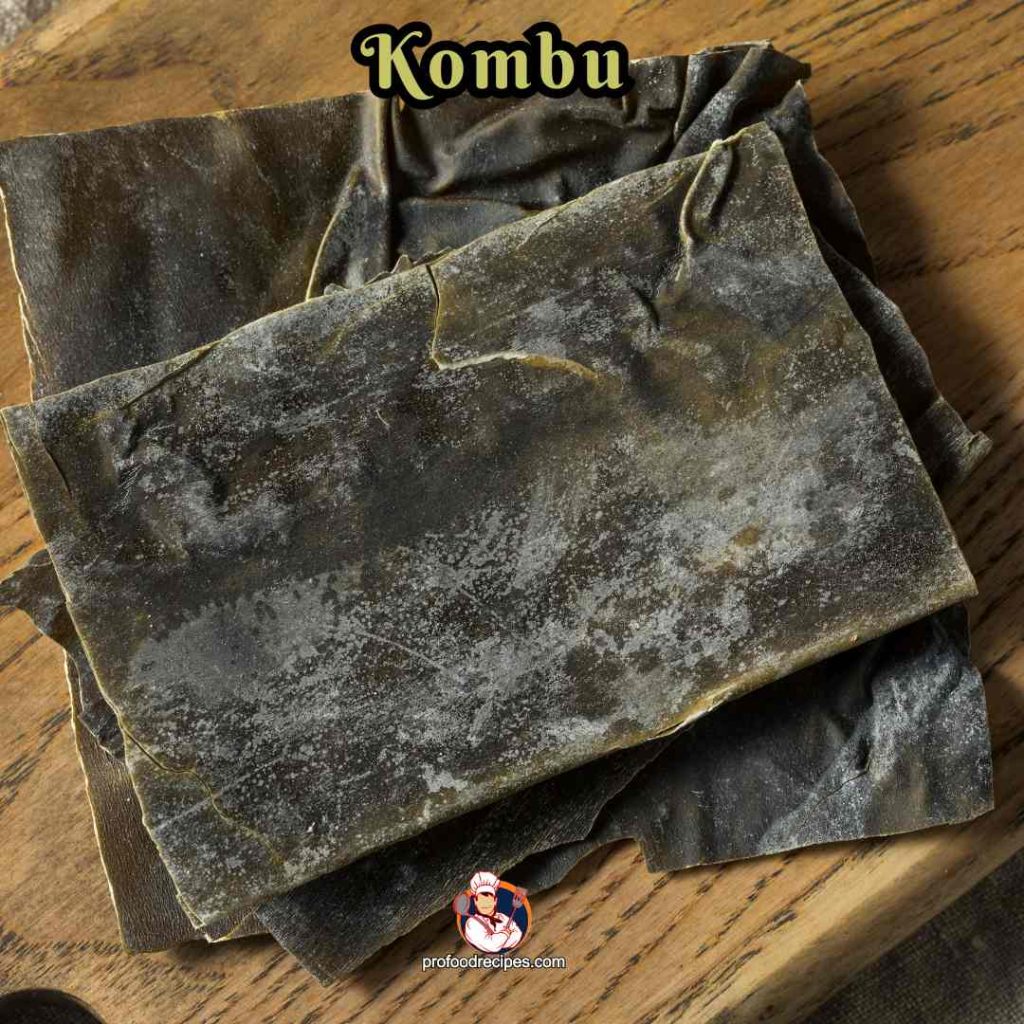
Kombu is thick-shaped seaweed that is used significantly in Japanese cuisine. These brown algae are mostly harvested in Japan. While you eat, you will notice many health benefits of kombu. This edible sea vegetable comes with an umami and slightly salty flavor.
Health Benefits
- Repairs and Protects the skin
- Reduce inflammation
Popular Recipe
- kombu dashi
- kombu seaweed salad
Nutrition Fact (per 100 gm)
| Nutrition | Quantity |
| Calories | 43 |
| Vitamin | Vitamin K – 5% DV Vitamin A – 2% DV |
| Mineral | Lodine – 100% DV Calcium – 5% DV |
| Water | 89 |
11. Kyona
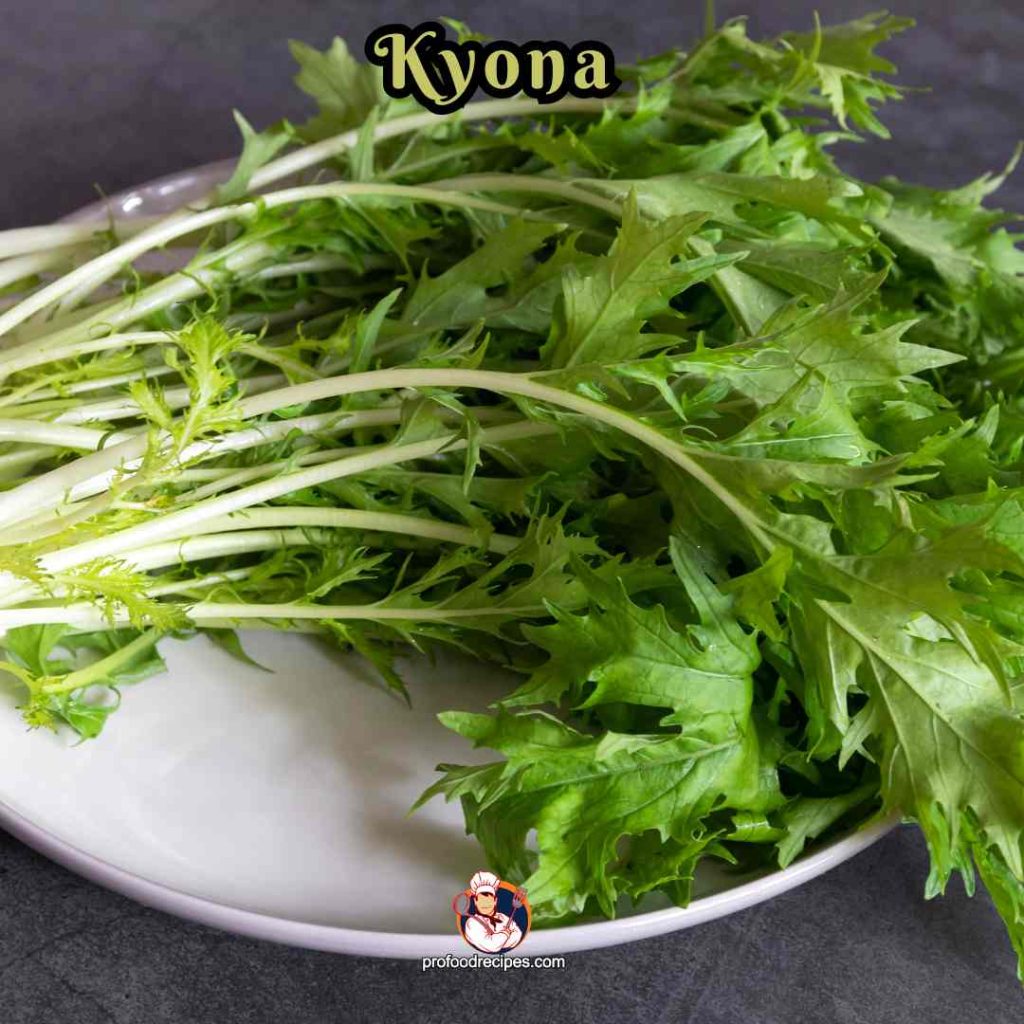
Kyona’s other name is Mizuna. This leafy, spicy green vegetable is a staple ingredient in Japanese New Year dishes and has popularity worldwide. However, it has a delicate texture and slightly peppery taste. This nutritious green enriches antioxidants.
Health Benefits
- Essential for bone health
- Lessen the risk of chronic diseases
Popular Recipe
- Kyona Tofu Miso Soup
- Kyona Stir-Fry
Nutrition Fact (per 100 gm)
| Nutrition | Quantity |
| Calories | 27 |
| Vitamin | Vitamin C – 45% DV Vitamin K – 122% DV |
| Mineral | Calcium – 16% DV Iron – 14% DV |
| Water | 93 |
12. Katahdin Potatoes
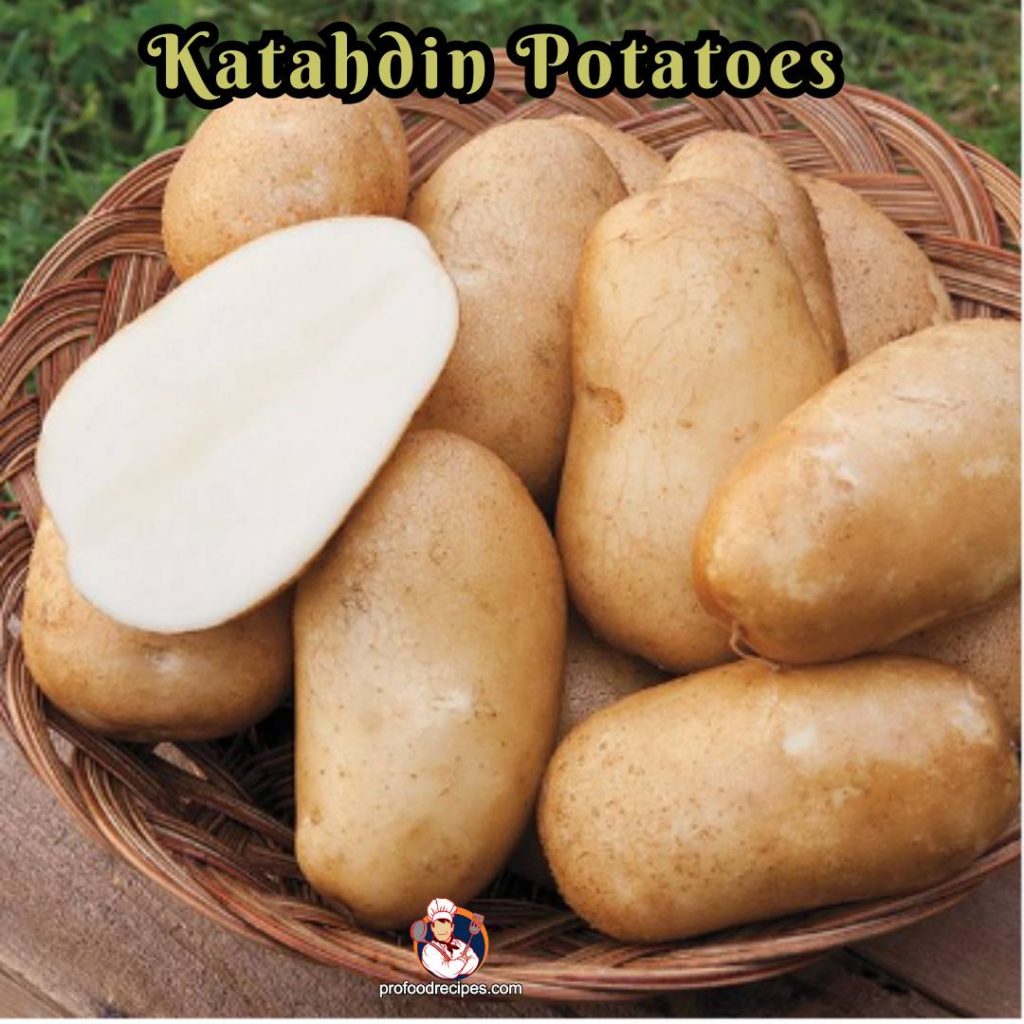
These potatoes are one kind of hybrid potato. USDA developed these potatoes and named them Katahdin potatoes. They are the first potato breed that is disease-resistant. So, the production is also efficient of these potato bread. You can get the same benefits as regular potatoes.
Health Benefits
- Promote proper digestion
- Beneficial to blood sugar control
Popular Recipe
- Potato pancake
- Hash browns
Nutrition Fact (per 100 gm)
| Nutrition | Quantity |
| Calories | 77 |
| Vitamin | Vitamin C – 24 % Vitamin B6 – 20% |
| Mineral | Iron – 10% DV Potassium – 19% DV |
| Water | 79 |
13. Kurrat
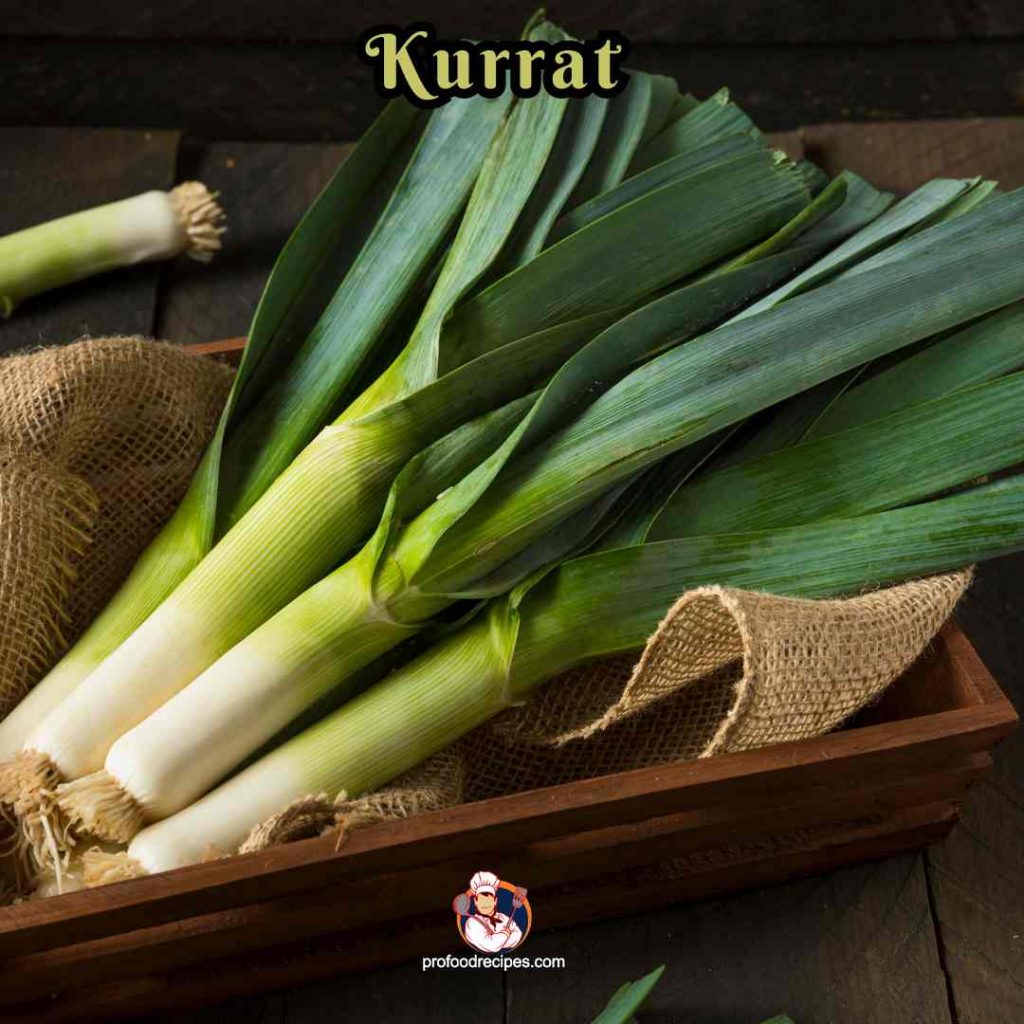
Kurrat is also known as Egyptian leek or Egyptian shallot. It has a slightly garlicky flavor and is related to leek and the onion. In Egyptian cuisine, you may notice a great use of it. They are a good source of vitamins A, B-6, and C. You can eat them raw or can use them in savory dishes as garnishes.
Health Benefits
- Promote healthy skin
- Improve blood circulation
Popular Recipe
- Kurrat and Chickpea Stew
- Kurrat Frittata
Nutrition Fact (per 100 gm)
| Nutrition | Quantity |
| Calories | 26 |
| Vitamin | Vitamin A – 16% DV Vitamin C – 24 % DV |
| Mineral | Iron – 3% DV Potassium – 9 % DV |
| Water | 91 |
14. Karela
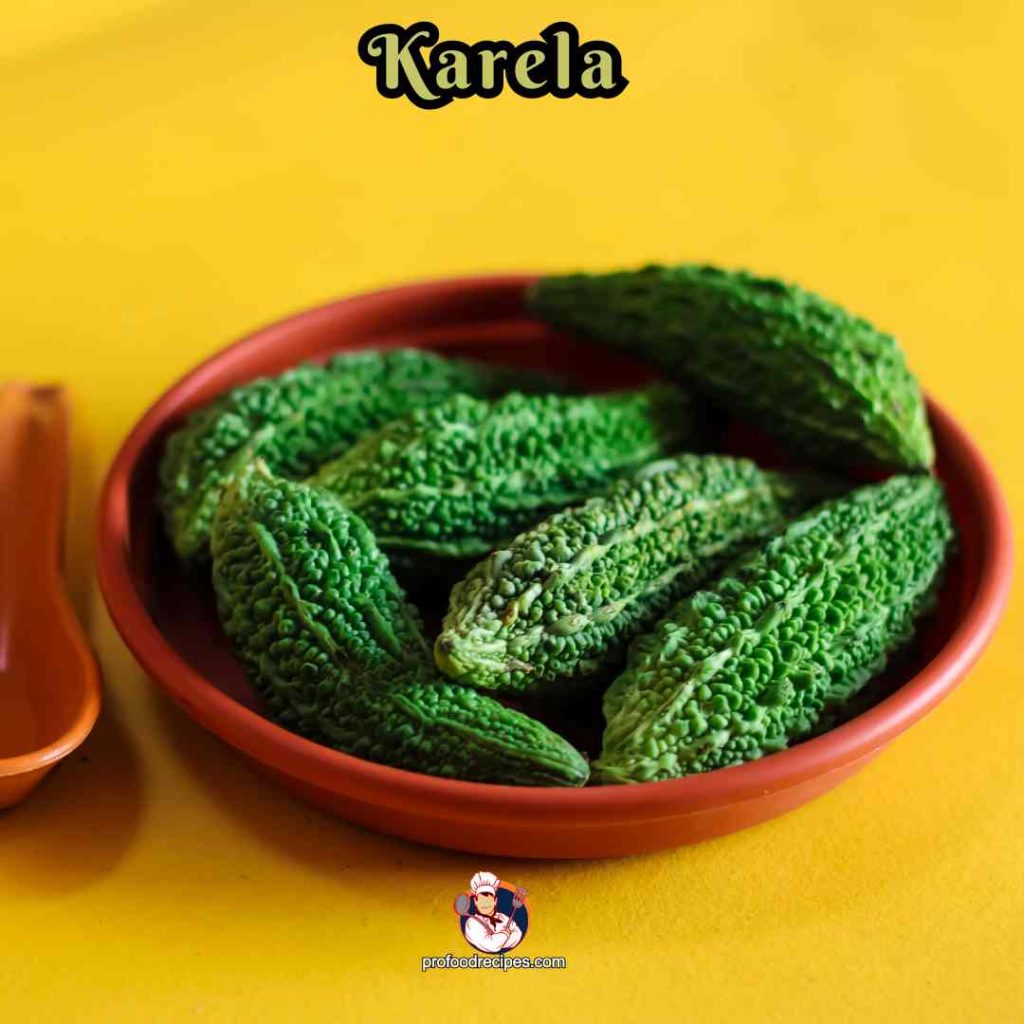
Indian and Nepalese call bitter gourd Kerala, which is one of the healthiest vegetables. It has a bitter taste, but it’s a great package of healthy nutrients. It has equal expansion with culinary and medical science. For diabetic patients, they are the best vegetables to add.
Health Benefits
- Aids to liver health
- Promote brain health
Popular Recipe
- karela masala
- Karela curry
Nutrition Fact (per 100 gm)
| Nutrition | Quantity |
| Calories | 17 |
| Vitamin | Vitamin C – 92 % DV |
| Mineral | Magnesium – 5% DV Potassium – 4% DV |
| Water | 90 |
15. Korean Radish
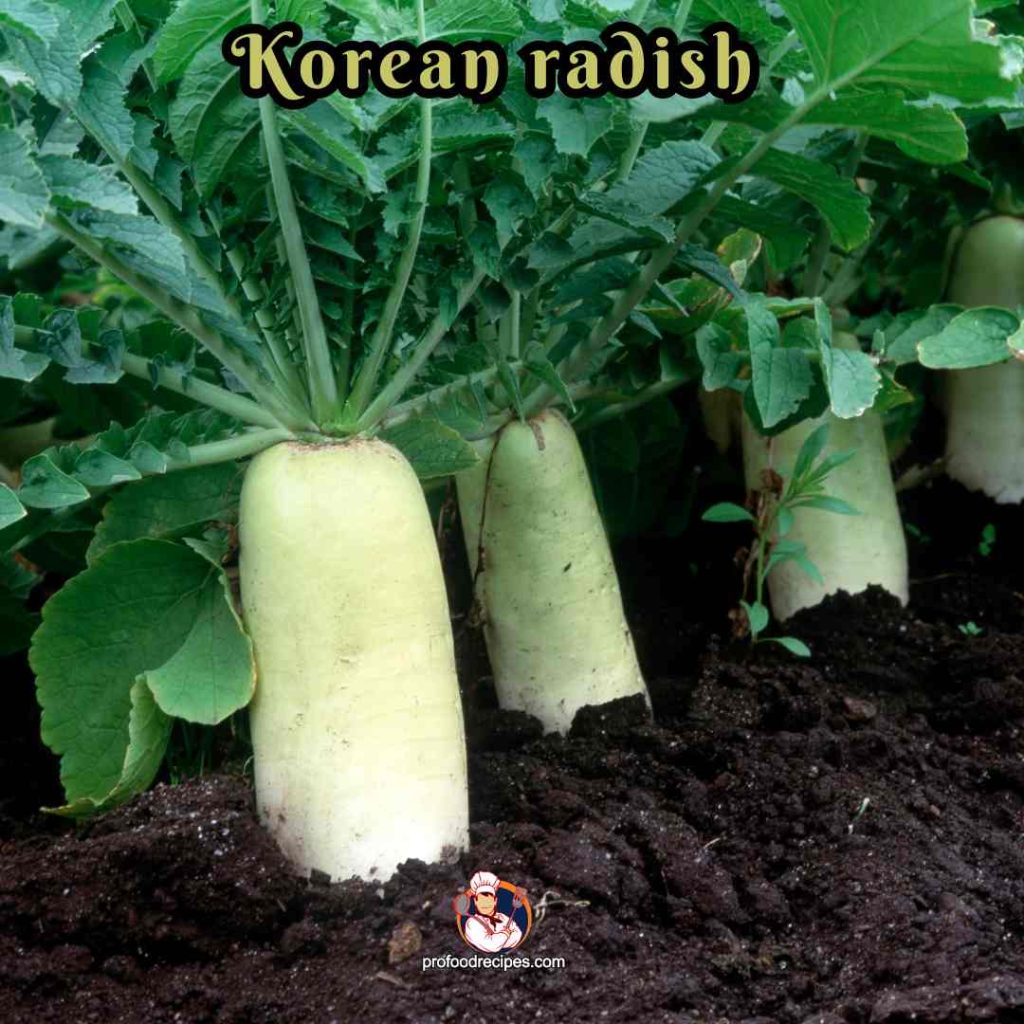
Korean radish are quite similar to daikon radish but slightly rounder and shorter than them. However, these radishes are denser textured and comprise mild flavor. Moreover, They are a great package of fiber and essential vitamins.
Health Benefits
- Improve immunity
- Enhanced tissue growth
Popular Recipe
- Korean radish soup
- Korean radish pickle
Nutrition Fact (per 100 gm)
| Nutrition | Quantity |
| Calories | 16 |
| Vitamin | Vitamin C – 16% DV |
| Mineral | Potassium – 5% Dv Calcium – 2% DV |
| Water | 95 |
16. Kirby Cucumber
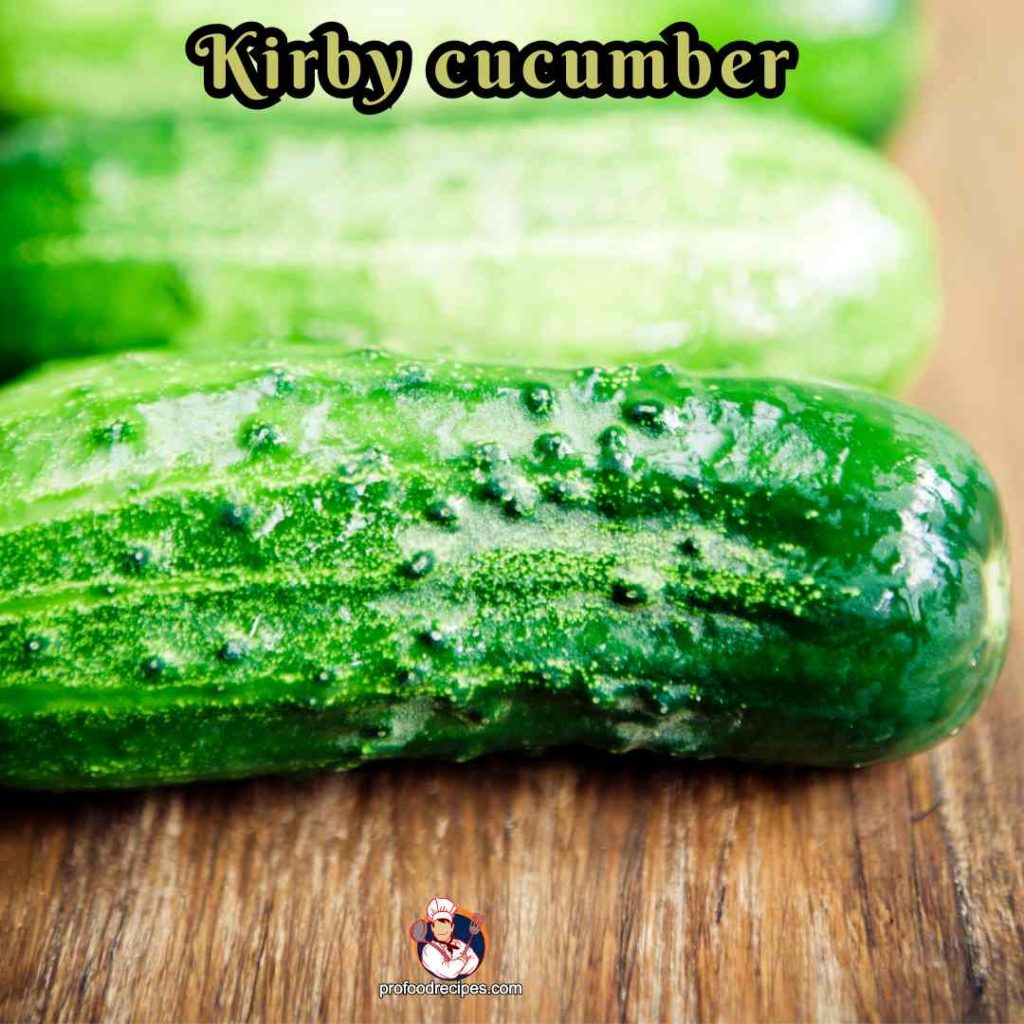
Kirby cucumbers are one of the hybrid cucumbers. These breeds are popular and most cultivated cucumbers. These green, bumpy skin and seeded flesh vegetables are great for pickling. You can store them by pickling them for a long time. Their mild and refreshing flavor is brilliant during hot weather.
Health Benefits
- Prevent dehydration
- Bone health
Popular Recipe
- Kirby cucumber salad
- Kirby cucumber pickle recipe
Nutrition Fact (per 100 gm)
| Nutrition | Quantity |
| Calories | 15 |
| Vitamin | Vitamin K – 16% DV |
| Mineral | Potassium – 2% DV Magnesium – 2% DV |
| Water | 95 |
17. Kalette
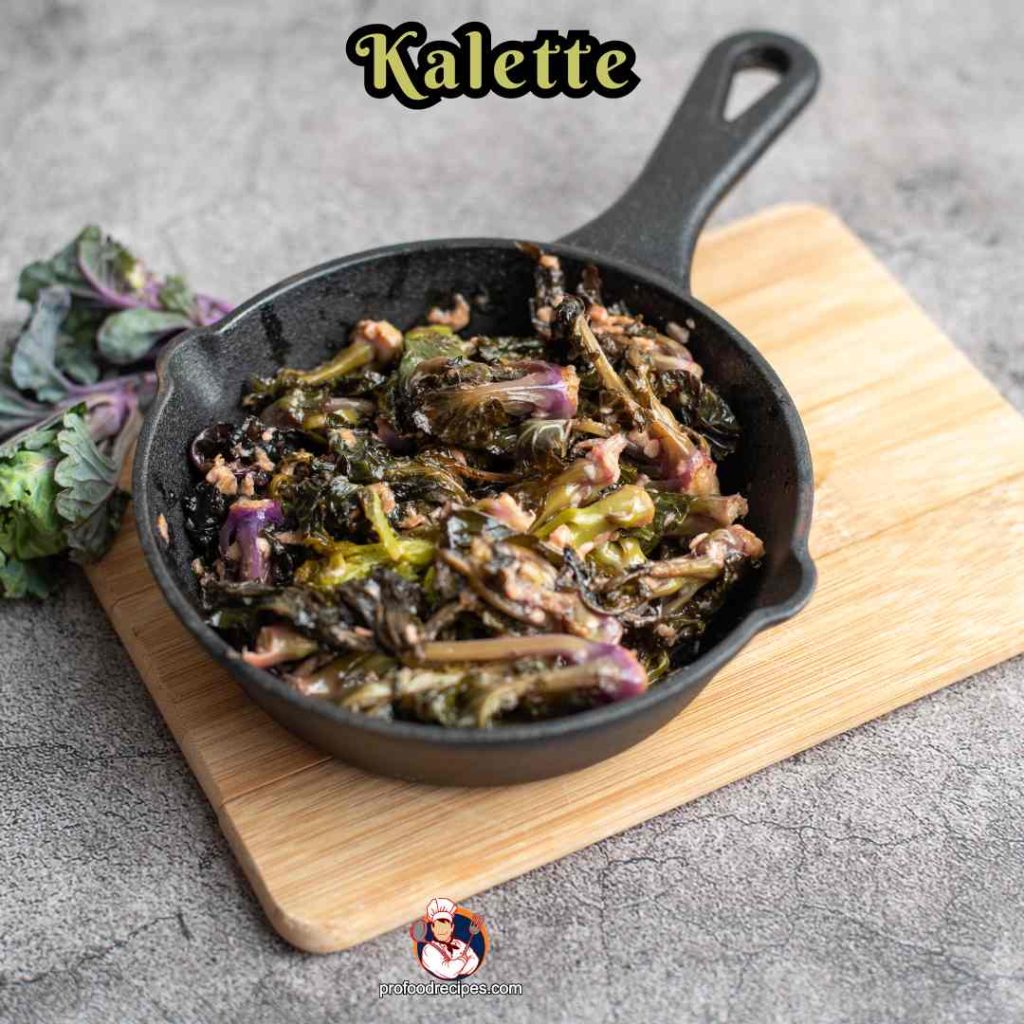
Kalette is slightly similar to kalette and tastes like a combined version of Kale and Brussels sprouts. These milder flavor vegetables offer a slightly nutty taste. You can eat its whole part, from base to leaves. However, they are a great source of vitamins C and K also.
Health Benefits
- Reduce cholesterol
- Lessen heart disease risks
Popular Recipe
- Roasted Kalettes
- Kalettes pasta
Nutrition Fact (per 100 gm)
| Nutrition | Quantity |
| Calories | 45 |
| Vitamin | Vitamin C – 200% DV Vitamin K – 102% DV |
| Mineral | Calcium – 8% DV Iron – 8% DV |
| Water | 91 |
18. Kachri
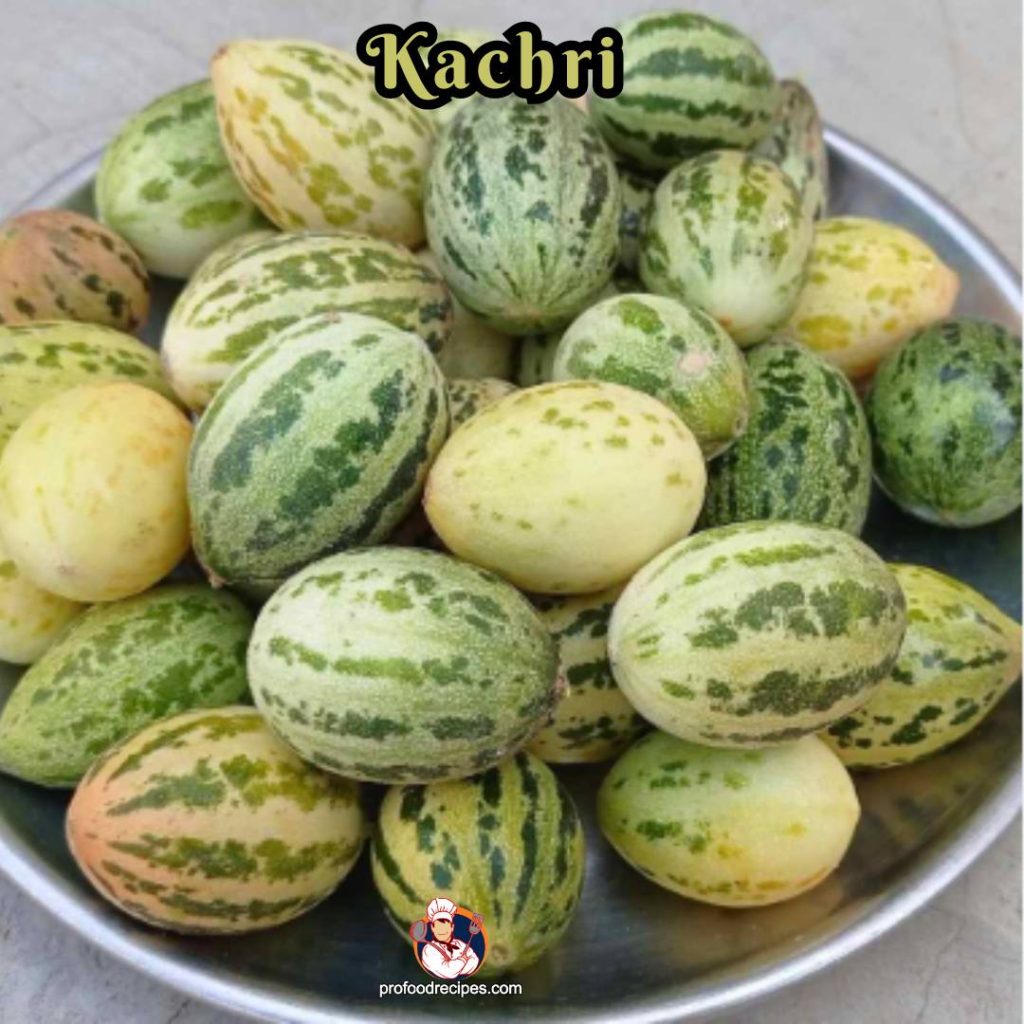
Kachri is a special wild cucumber version that is mostly found in desert areas. These cucumbers are highly protein-rich and extensively used in Indian Rajasthani cuisine. However, you may get a sweetened melon-like taste from the ripe kachri. Like other cucumbers, you can eat them raw, cooked, or pickled.
Health Benefits
- Aids to promote urine production
- Support kidney’s functionality
Popular Recipe
- Kachri kabab
- kachri qeema
Nutrition Fact (per 100 gm)
| Nutrition | Quantity |
| Calories | 20 |
| Vitamin | Vitamin C – 36% DV |
| Mineral | Iron – 3% DV Magnesium – 4% DV |
| Water | 89 |
Read More:
FAQs
Do You Eat the Stems of Mizuna?
Yes, you can eat the stems of Mizuna. Their frond-like leaves and crisp stalks are extremely healthy and a good additive to various dishes. You can make a salad or lightly saute it and serve it with another dish.
What Are Some Popular Vegan Favorite Dishes That Start With K?
There are many vegetable Dishes that start with K that are many vegan’s first choice. Let’s check the most prime 5 ones.
1. Kimchi
2. Kale Salad
3. Kohlrabi Slaw
4. Kabocha Squash Soup
5. Kung Pao Vegetables.
What is a Substitute for Kombu?
You can use kelp and dried shiitake mushrooms as a substitute for kombu. Kelp will offer an umami taste to dishes. And dried shiitake mushrooms can serve as an alternative to kombu. It will provide a similar savory taste and enhance the whole taste.
Final Verdict
Vegetables that start with k are a delightful package of different flavors and health benefits. From the kabocha to kachri, all are incredible options for enriching your meals.
The above-mentioned K-named vegetables are a great choice for vegans. Non-vegetarians can also enjoy these greeny recipes, such as Kimchi and Kabocha Squash Soup, etc.
However, you can make your weekly food plan with these K-named veggies and enjoy them as a snack, side dish, or meal.
You May Also Like to Read:
- Fruits That Start With A
- Fruit That Start With B
- Foods That Start With D
- Grocery Items Starting With E
- Fruits That Start With T


Fantastic list! Your ‘Vegetables that Start with K’ blog is a gem. Concise and informative, it’s exactly what I needed. Thanks for making my veggie exploration easier. Well done!